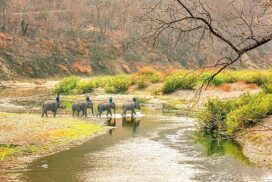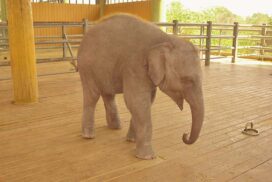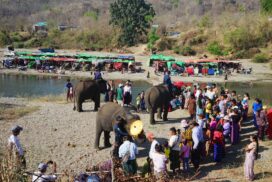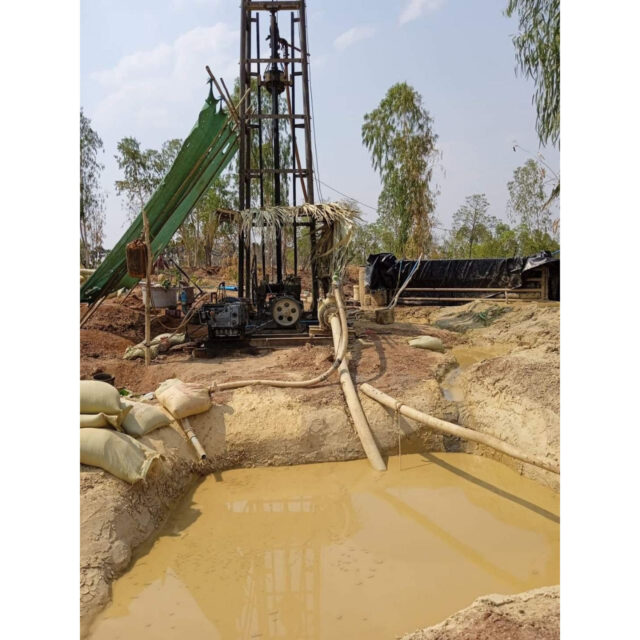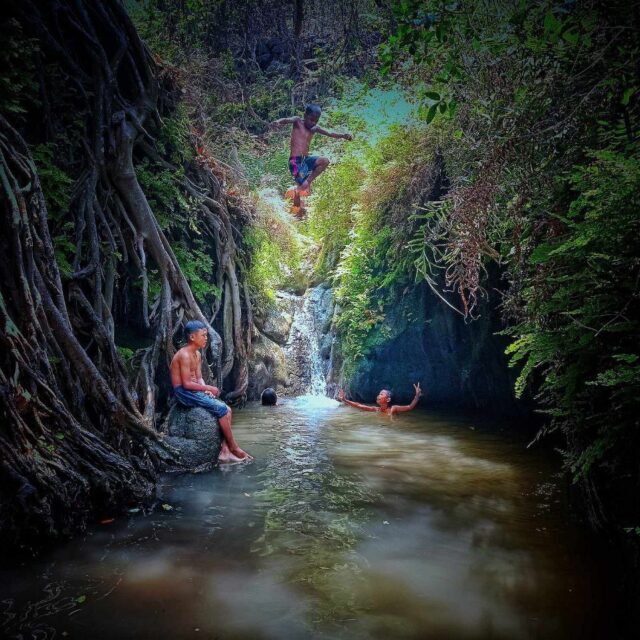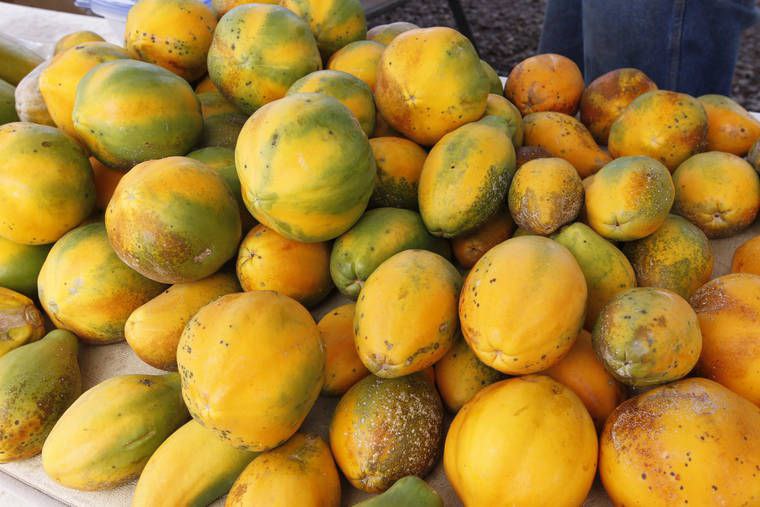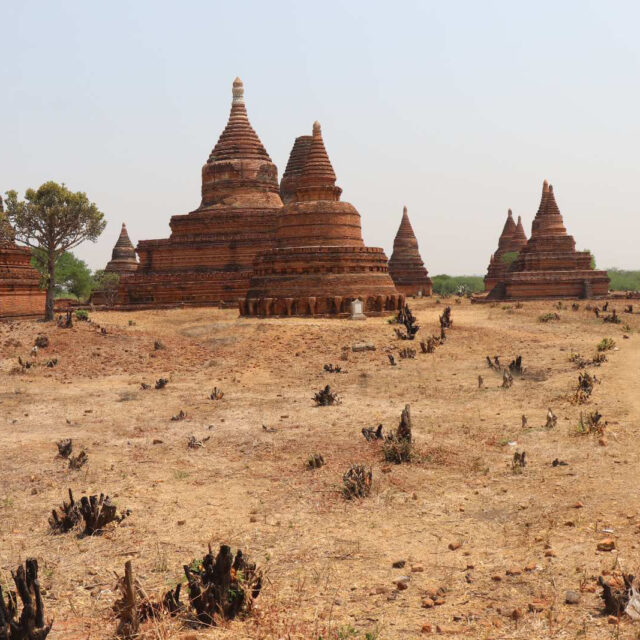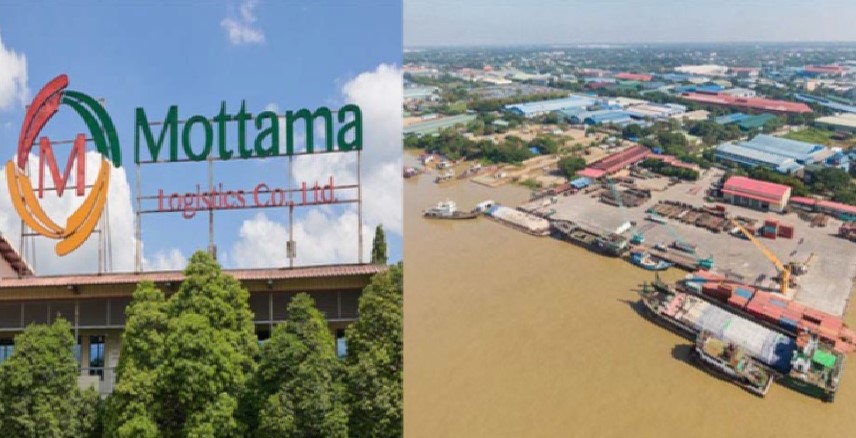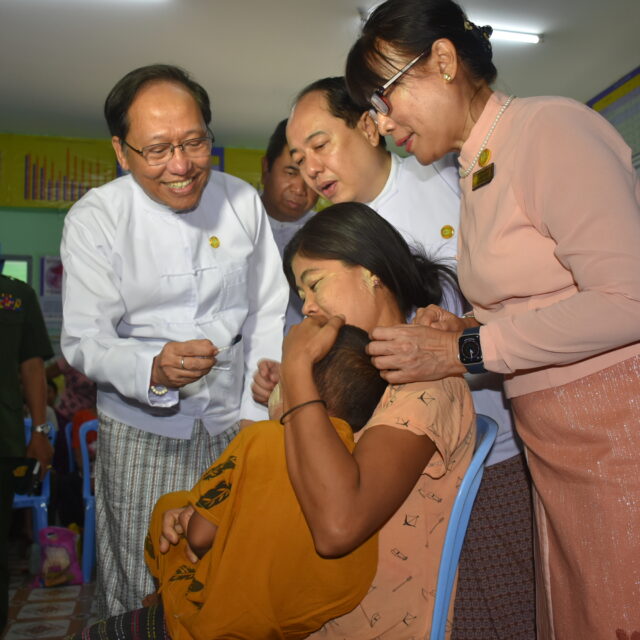“Elephant foot yam is a natural gift that keeps on giving,” said Salai Kyaw, Chin ethnic people.
His native town Chin State possesses a beautiful landscape of mountain ranges and the elephant foot yams in their natural habitats.
“There is a need to control weeds in tuber crops. It does not need fertilizer treatment. As it is a cash crop, some growers eye the yams and execute commercial farming. Once the yams are harvested, it makes handsome profits,” Salai Kyaw said.
There are approximately 80 varieties of elephant foot yams. It is used in making traditional medicine in Japan.
The yams are rich in essential minerals. It is a rich source of dietary fibre, protein, and vitamins that brings many health and nutritional benefits. It contains oxalic acid, and it is not suitable to be consumed raw like taro. It can be used in food, pharmaceutical and industrial sectors with value-adding.
The yam is native from South East Asia. It is also naturally grown in Asia, Africa, and Indochina tropical regions. The yam species found in Myanmar contain 60 per cent of glucomannan, so Myanmar’s native yam is highly nutritious and tasty compared to the yams from other Asian regions.
As a result, China, Japan, the Republic of Korea and India prefer the yams from Myanmar.
“Most importantly, the yams (pink flesh) produced in Chin Hills and Bago mountains (Bago Yoma) have a high content of glucomannan which is greater than the standard amount. Those with white flesh from central Myanmar have a low content of glucomannan. This is why it is a gift bestowed by God ’’, said U Aung Thwin Ko, in charge of Nyaunghnapin’s nursery yard under the Department of Agriculture.
The yams are primarily cultivated in Chin, Kachin, Kayah, Kayin, Mon and Shan states and Sagaing, Taninthayi, Bago, Magway and Ayeyawady regions. Growers from the Yangon Region also started to plant that tuber crop. This being so, the yam growing acres have reached a hundred thousand.
The yam is fertile in well-drained soil, forest land and alluvial soil. If the soil drains too slowly and they are waterlogged, it will lead to root rot. It is not a salt-resistant plant. It is a tropical tuber crop. It can be grown within 60-120 inches of rainfall, the temperature at 25°-35° and 1,000-5,000 above sea level. If it is above 2,500 feet, there need to be no shade trees. If grown below 1,000 feet, tree-based intercropping is required for shade. The yams can be cultivated by intercropping with perennial coffee, rubber, and oil palm trees. It can also be grown separately.
The yams can be grown naturally across Myanmar, except in the extreme hot regions. Nevertheless, early harvest resulted in the extinction of the natural yam. Therefore, systematic yam cultivation began in 2007.
“It is hard to harvest the naturally grown yams as we don’t know where to dig. Sometimes, it affects quality. We can dig them up systematically if planted on our farms”, U Aung Thwin Ko elaborated.
The propagation is possible by root stems and tuber. It takes about four years for them to be commercially valued for plant propagation by roots. It is marketable within two or three years for propagation by tubers.
“The yams can be naturally grown from stems as well as from tubers. That’s why it is named as a cash crop which growers never give up on”, U Aung Thwin Ko shared his opinion.
The harvested yams should be stored in cold and dry places before they are delivered to processing plants.
“Glucomannan extracted from elephant foot yam is exported to foreign markets. The remaining starch is sent to the feed processing industry”, U Aung Thwin Ko explained.
Under the Ministry of Agriculture, Livestock and Irrigation, the Agriculture Department is providing technical assistance and offering awareness courses for the growers to help choose pedigree seeds.
“The yam species of good quality originated in Chin State cannot be grown in Yangon because of different land quality. The growers must choose the species that are suitable for each region. They can contact the department for further information”, U Aung Thwin Ko said.
“The elephant foot yam is not an alternative crop. It is industrial crops that can be grown under a tree-based intercropping system.
The growers have to pump in the capital of K5 million per acre for the commercially valued yam within one year. They can receive profits of K8-10 million. It is a lucrative crop with high profits and significant investments.
At present, the security issues impede the cultivation of elephant foot yams. Consequently, the market is quite sluggish.
The growers have to choose the climate-resilient seeds by aiming towards exports and making readiness for market recovery.
“The elephant foot yams are native to Myanmar like tapioca. It can be grown anywhere in the country. Nevertheless, the growers need to focus on quality control. The systematic growing and handling method is of vital importance for the yams to penetrate the external market. As it needs a large amount of investment, the growers need to consider thoroughly before planting them,” U Aung Thwin Ko suggested.
Translated.


